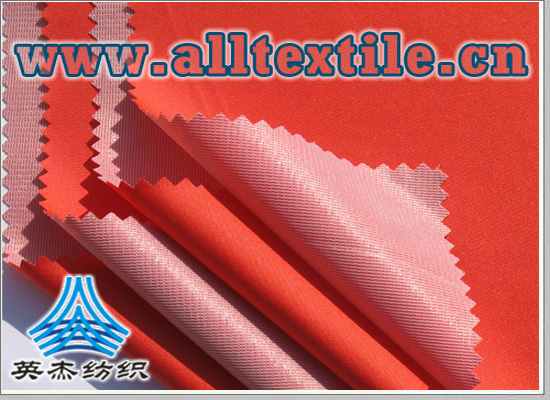1. Production process of white fabric
Winding – warping – sizing – drawing – weaving – finishing
2. Each production Tasks of the process
Main tasks of the self-winding/winding process
1. Winding and forming: winding the bobbin (thread) into a bobbin with large capacity, good shape and certain density.
2. Impurity removal: remove some defects and impurities in the yarn to improve the quality of the yarn.
Main tasks and requirements of the warping process:

1. The task of warping is to wind a certain number of package yarns evenly on the warp beam in strips or batches to form a warp beam with a certain length and total number of warps.
2. Requirements for warping:
(1) During warping, the warp yarns must have appropriate tension while maintaining the elasticity and tension of the warp yarns as much as possible.
(2) During the warping process, the tension of the entire warp yarn should be as uniform as possible.
(3) The warp yarn arrangement and winding density on the warp beam should be uniform (referring to the transverse direction of the warp beam and the inner and outer yarns), and there should be no unevenness.
(4) The number, length or color warp arrangement cycle must comply with the requirements of the weaving process design.
(5) The production efficiency of the warping machine should be high and the yarn waste should be less.
Main tasks of the sizing process:

As required The total number of warps is made by sizing the yarn pieces of a single or several warp beams, and then rolling them onto a weaving beam according to the specified number and length. To achieve the purpose of yarn reinforcement, stretch retention, wear resistance and reduction of hairiness.
The main tasks of the drawing-in process:
Drawing-in, commonly known as reed or threading, is the last process in the warp preparation project. The task of drawing-in is to pass the warp yarns on the weaving beam through the drop pieces, healds and reeds according to certain rules according to the requirements of the fabric, so as to form a shed during weaving, and introduce the weft yarns to weave the required fabric, so that when the warp yarns are broken It can stop in time to avoid weaving defects.
Main tasks of the weaving process:

Weaving is an important process in a textile factory. The task of weaving is to interweave the warp yarns and weft yarns processed through the preparation process into fabrics according to the fabric specification requirements and a certain process design through the loom. The output, quality and consumption of the weaving process directly affect the economic benefits of the enterprise and must be paid great attention to.
The main tasks of the finishing process:
Score and grade, repair and weave according to regulations, and then package and store.






